Physical Address
304 North Cardinal St.
Dorchester Center, MA 02124
Physical Address
304 North Cardinal St.
Dorchester Center, MA 02124
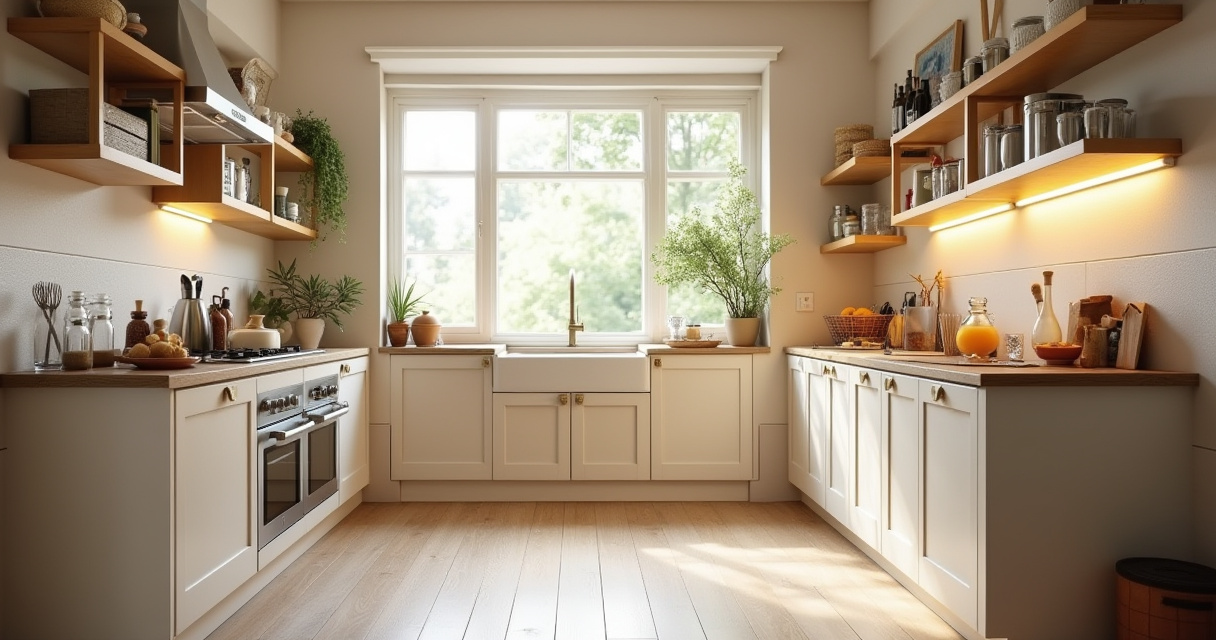
Transform your kitchen with expert cabinet design tips covering storage, style, and functionality. Get professional insights for creating beautiful, efficient kitchen spaces.
Creating a kitchen that perfectly balances beauty and functionality starts with one fundamental element: your cabinetry. These hardworking storage solutions don’t just hold your dishes and cookware—they define your kitchen’s personality, dictate its workflow, and serve as the backbone of your daily culinary adventures. Yet many homeowners find themselves overwhelmed by the sheer number of decisions involved in cabinet selection, from construction methods and materials to hardware and internal organization systems.
The difference between a kitchen that merely functions and one that truly transforms your daily life lies in understanding how each cabinet design choice impacts both form and function. Whether you’re planning a complete renovation or refreshing your existing space, these strategic decisions will influence everything from your morning coffee routine to dinner party preparations. The right cabinet design doesn’t just store your belongings—it anticipates your needs, streamlines your movements, and creates an environment where cooking becomes a joy rather than a chore.
Understanding how you actually use your kitchen forms the foundation of every successful cabinet design decision. Walk through your typical day and notice where you naturally gravitate during meal preparation, where items get abandoned on counters, and which storage areas you avoid because they’re inconvenient. This honest assessment reveals the difference between designing for how you think you should cook versus how you actually live.
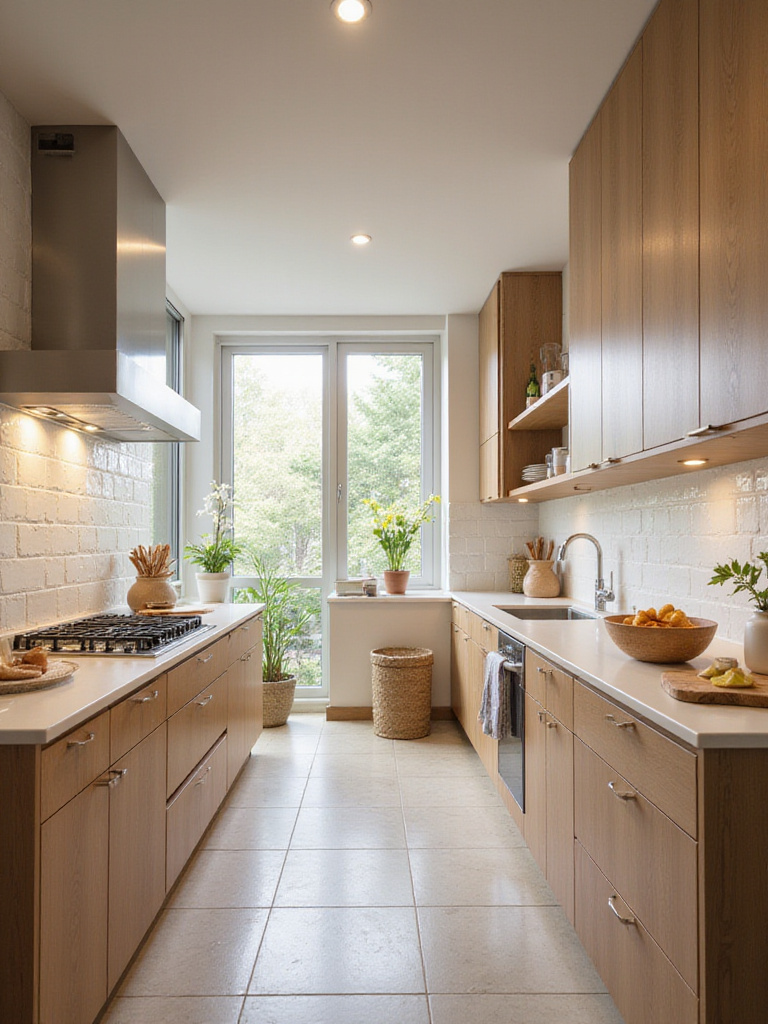
Your workflow patterns dictate everything from the height of your most-used storage to the type of door mechanisms that will serve you best. A family that relies heavily on quick breakfast solutions needs different cabinet configurations than avid bakers who work with specialty equipment. Consider how many people cook simultaneously, whether you entertain frequently, and which kitchen tasks cause the most frustration in your current setup.
The inspiration for this collection struck when we realized that beautiful cabinets mean nothing if they don’t support your real-life patterns.
Creating dedicated zones within your kitchen cabinet design transforms chaotic storage into an intuitive system that supports your natural workflow. Rather than randomly distributing items throughout available cabinets, strategic zoning groups related tools, ingredients, and equipment near their points of use. This approach reduces unnecessary steps and creates a more efficient cooking environment.
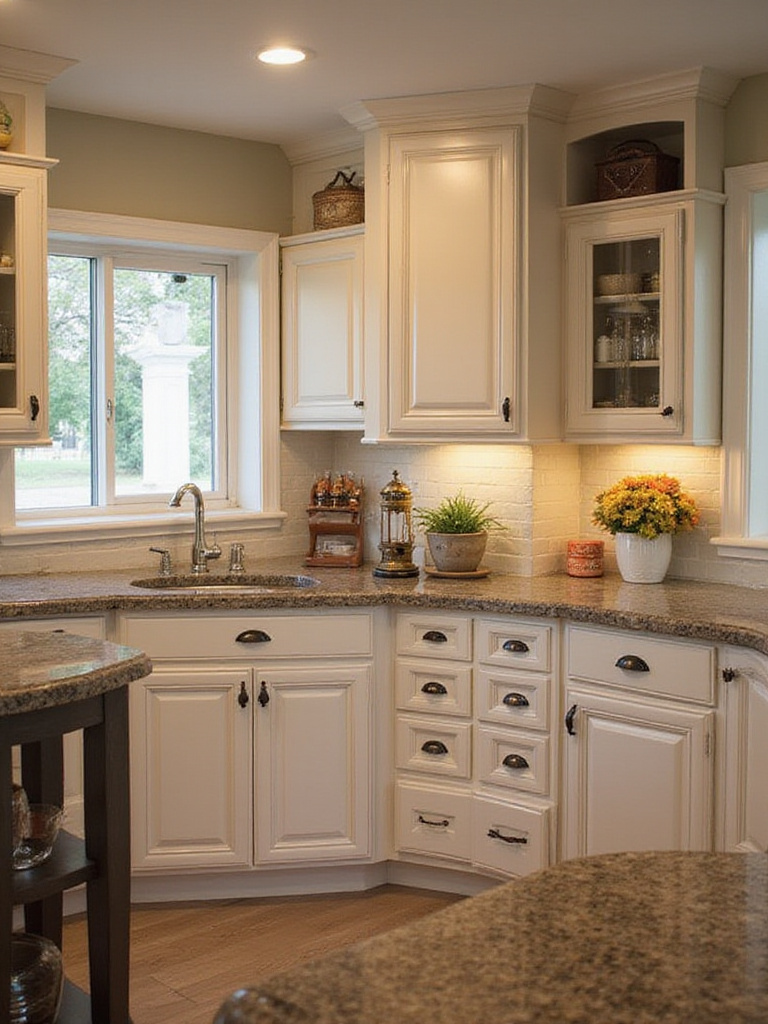
Professional chefs have long understood that mise en place—having everything in its proper place—is essential for smooth kitchen operations. The same principle applies to home kitchens, where thoughtful zoning can cut meal preparation time significantly. Consider establishing distinct areas for coffee service, baking, everyday cooking, and food storage, each with its own cabinet configuration and internal organization system.
A well-planned zoning strategy also prevents the common problem of duplicate purchases because you can’t find what you already own. When every category has a designated home, inventory management becomes effortless, and you’ll know immediately when supplies are running low.
After months of sourcing and curation, we’ve found that the most successful kitchens treat each zone as its own mini-kitchen with complete, accessible storage.
Your cabinet doors serve as the visual anchor for your entire kitchen, making their style selection crucial for creating cohesion with your home’s overall character. A craftsman-style home calls for different door treatments than a sleek contemporary space, and fighting against your architecture creates visual tension that undermines the entire design.

The door style you select influences not just aesthetics but also maintenance requirements and longevity. raised panel doors with intricate details may suit traditional homes beautifully but require more careful cleaning than simple flat-panel designs. Similarly, glass-front cabinets create an open, airy feeling but demand that you maintain attractive, organized interiors at all times.
Consider how your chosen style will age over the years and whether it will still feel appropriate as trends evolve. Classic styles like Shaker doors have endured for generations because their clean lines work with both traditional and contemporary elements, offering flexibility as your tastes develop.
The craftsmanship in this collection tells a story of timeless design principles that transcend fleeting trends.
While beautiful finishes catch the eye, the hidden construction elements determine whether your kitchen cabinet design will serve you well for decades or require premature replacement. The difference between furniture-grade plywood and particleboard construction becomes apparent within the first few years of use, especially in high-moisture kitchen environments.
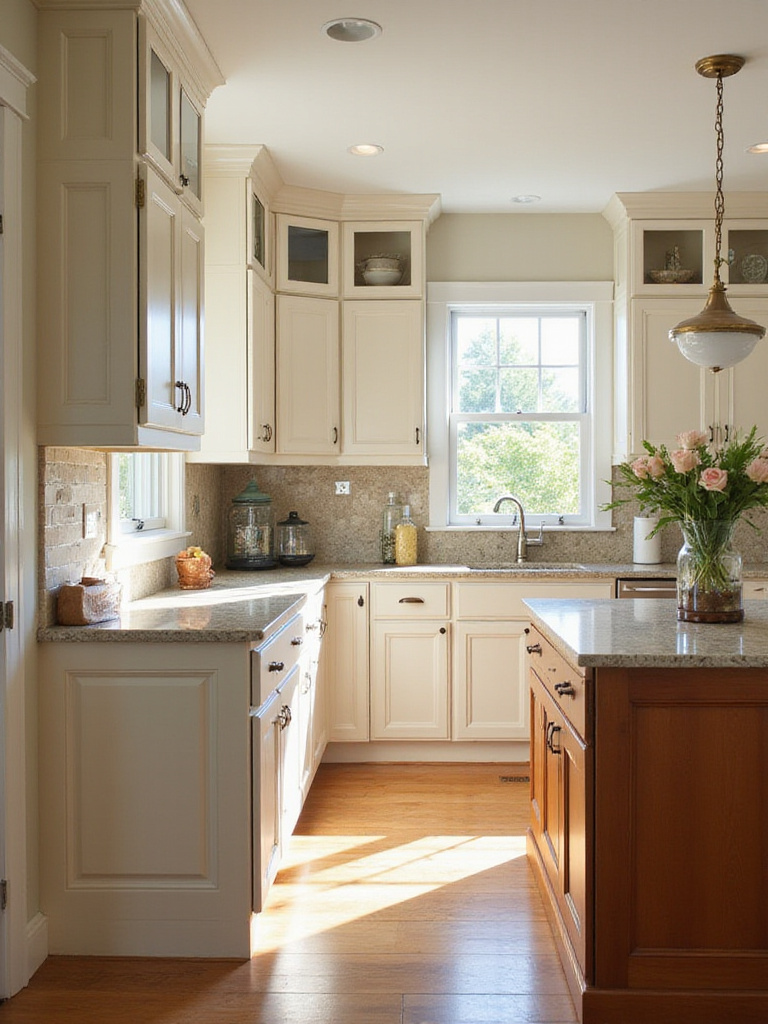
Quality construction methods—like dovetail joints, soft-close hardware, and solid wood face frames—may increase upfront costs but deliver superior performance and longevity. These details also contribute to the overall feel of your kitchen, creating a sense of substantial quality that elevates the entire space. Drawers that glide smoothly and doors that close with a satisfying whisper communicate craftsmanship in ways that surface treatments cannot.
Understanding construction terminology helps you make informed decisions when comparing cabinet options. Ask about box materials, joint construction, and hardware specifications rather than focusing solely on door styles and finishes. A well-built cabinet with a simple finish will outperform a poorly constructed unit with expensive veneers.
What makes this design special is the way solid construction creates confidence in every interaction with your kitchen storage.
Accurately calculating your storage needs prevents the disappointment of beautiful cabinets that can’t accommodate your belongings. Inventory your current kitchen items, including seasonal pieces and specialty equipment, then add buffer space for future acquisitions. This realistic assessment guides both the quantity and configuration of cabinets you’ll need.
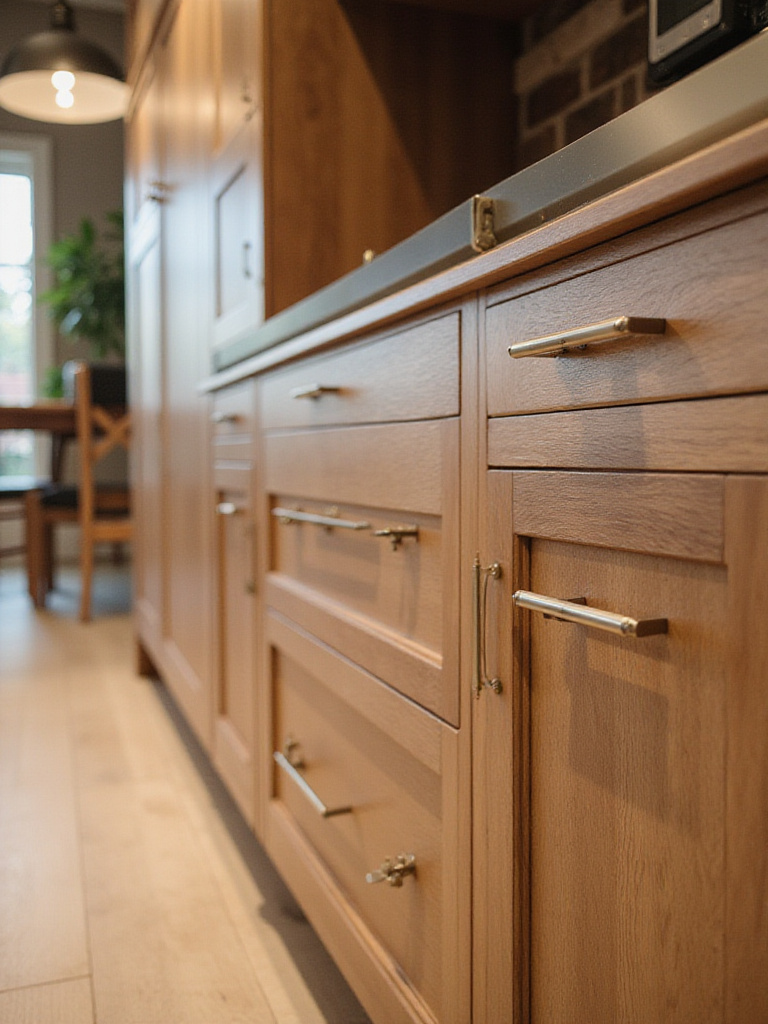
Different items require different storage solutions within your kitchen cabinet design. Tall items like baking sheets need vertical dividers, while small appliances benefit from deep shelves with easy access. Heavy items like stand mixers require lower placement and sturdy construction, while everyday dishes need convenient reach from primary work areas.
Consider your household’s growth patterns and changing needs over time. Young families may prioritize child-safe storage and easy-access snack areas, while empty nesters might prefer wine storage and entertaining essentials. Building flexibility into your storage plan accommodates these evolving requirements.
Look closely and you’ll notice the subtle texture of well-planned storage that grows with your changing needs.
Cabinet hardware serves as both the jewelry of your kitchen and the interface for daily interaction, making the selection process crucial for both aesthetics and functionality. The size, shape, and placement of pulls and knobs directly impact how comfortable and efficient your kitchen feels during extended use.
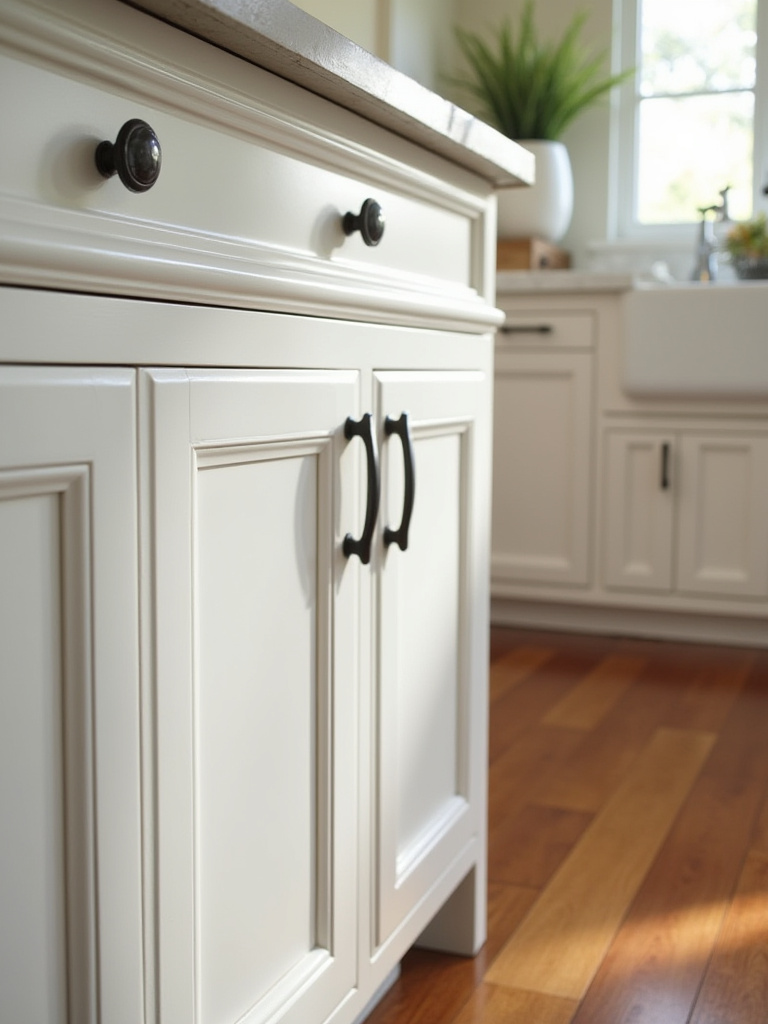
Ergonomic considerations become especially important for households with diverse users, from children reaching for snacks to adults managing heavy cookware. Longer pulls distribute force more evenly than small knobs, reducing strain on fingers and wrists. The finish you choose should feel comfortable to the touch and resist showing fingerprints and wear patterns.
Hardware placement affects both appearance and function, with industry standards providing starting points that can be adjusted for specific needs. Consider how different family members will interact with your cabinets and whether standard placement serves everyone effectively.
The magic of this piece lies in its ability to bridge beautiful design with comfortable daily use.
Corner cabinets present unique challenges in kitchen cabinet design, often becoming black holes where items disappear into inaccessible depths. However, with thoughtful planning and appropriate hardware, these spaces can become highly functional storage areas that maximize your kitchen’s potential.
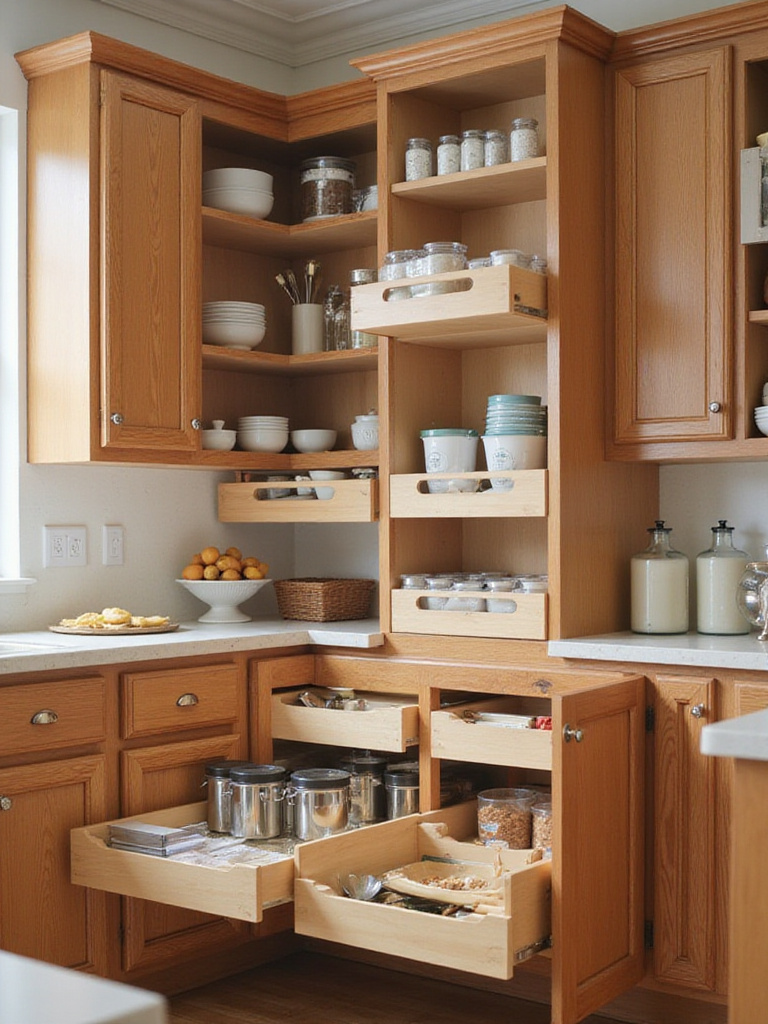
Modern corner solutions range from simple lazy Susans to sophisticated pull-out systems that bring items from the back corner directly to you. The key lies in matching the mechanism to your specific storage needs and usage patterns. Heavy items like small appliances benefit from sturdy rotating shelves, while lightweight items can work well with swinging or sliding systems.
Consider the items you plan to store in corner cabinets when selecting hardware. Frequently accessed items deserve the most sophisticated solutions, while seasonal or rarely used pieces can function well with simpler systems. The investment in quality corner hardware pays dividends in daily convenience and storage efficiency.
The interplay between the colors creates seamless access to every corner of your storage space.
Proper lighting transforms kitchen cabinets from mere storage into showcases for your favorite pieces while improving functionality throughout the space. Under-cabinet lighting eliminates shadows on work surfaces, while interior cabinet lighting makes finding items effortless even in deep or high cabinets.
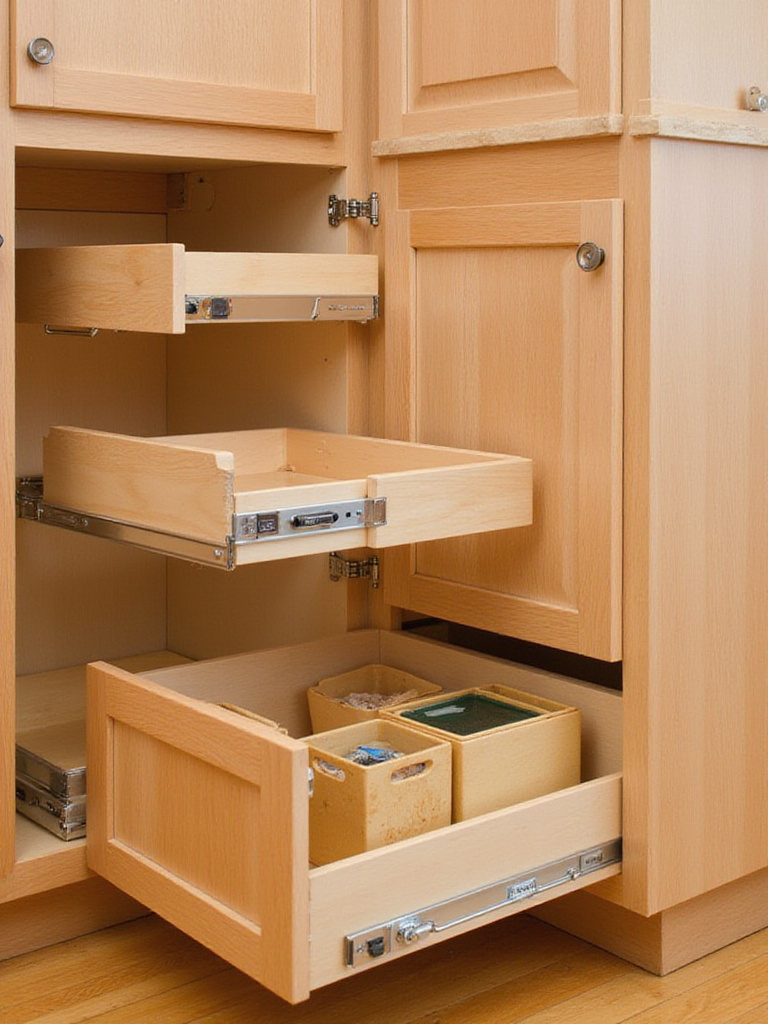
The type and placement of lighting within your kitchen cabinet design affects both daily usability and evening ambiance. LED strip lighting provides even illumination without heat buildup, while puck lights create focused task lighting for specific work areas. Consider installing lighting on dimmers to adjust intensity based on the time of day and activity level.
Interior cabinet lighting proves especially valuable for glass-front cabinets, pantry areas, and deep storage spaces. Motion-activated options add convenience while conserving energy, automatically illuminating spaces as you open doors or drawers.
Unlike mass-produced alternatives, this technique allows for customized lighting that adapts to your specific storage and display needs.
A well-organized pantry system within your kitchen cabinet design can significantly reduce food waste while streamlining meal planning and grocery shopping. Visibility remains the key factor—when you can see what you have, you’re less likely to buy duplicates or let items expire forgotten in dark corners.
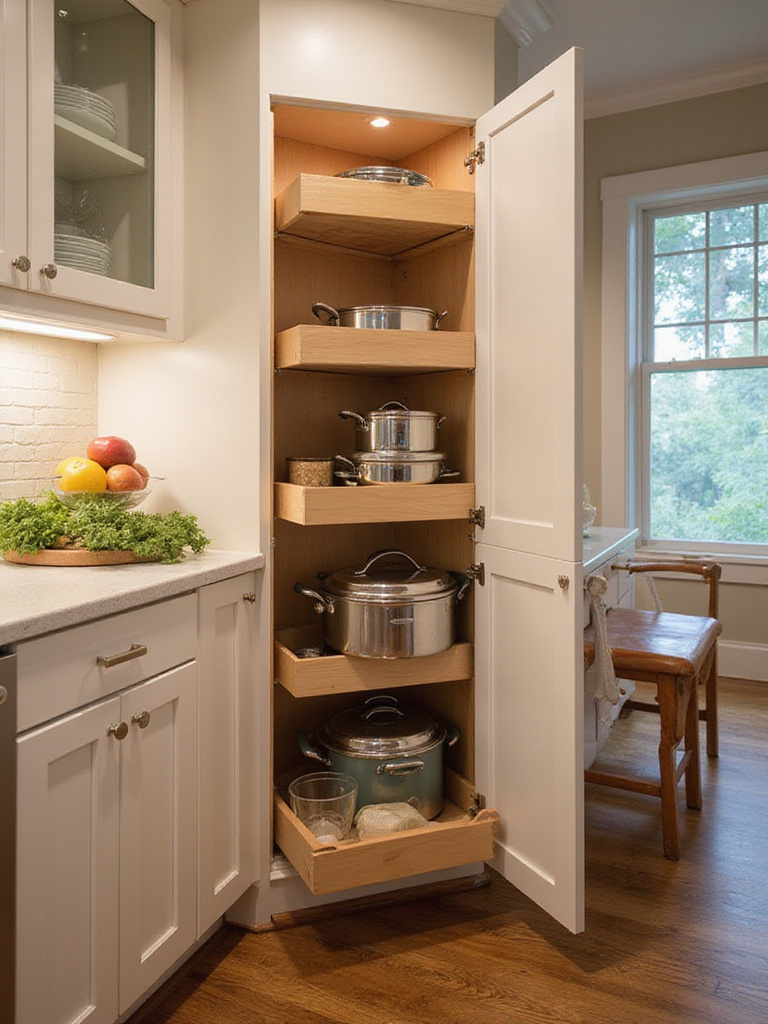
Adjustable shelving accommodates packages of varying heights, while pull-out drawers bring items from the back within easy reach. Consider incorporating clear containers for bulk items and wire baskets for produce that needs air circulation. Door-mounted storage maximizes space efficiency for frequently used spices and condiments.
The depth of pantry cabinets affects their usability, with shallower shelves often proving more functional than deep ones that hide items in back. If deep cabinets are necessary, invest in pull-out systems that provide full access to the entire depth.
For those worried about maintenance, thoughtful pantry design actually simplifies both cleaning and inventory management.
Heavy cookware and small appliances require special consideration in kitchen cabinet design, both for accessibility and safety. Standard shelves make retrieving heavy items from deep cabinets physically demanding and potentially dangerous, especially for items stored in lower cabinets that require bending and lifting.
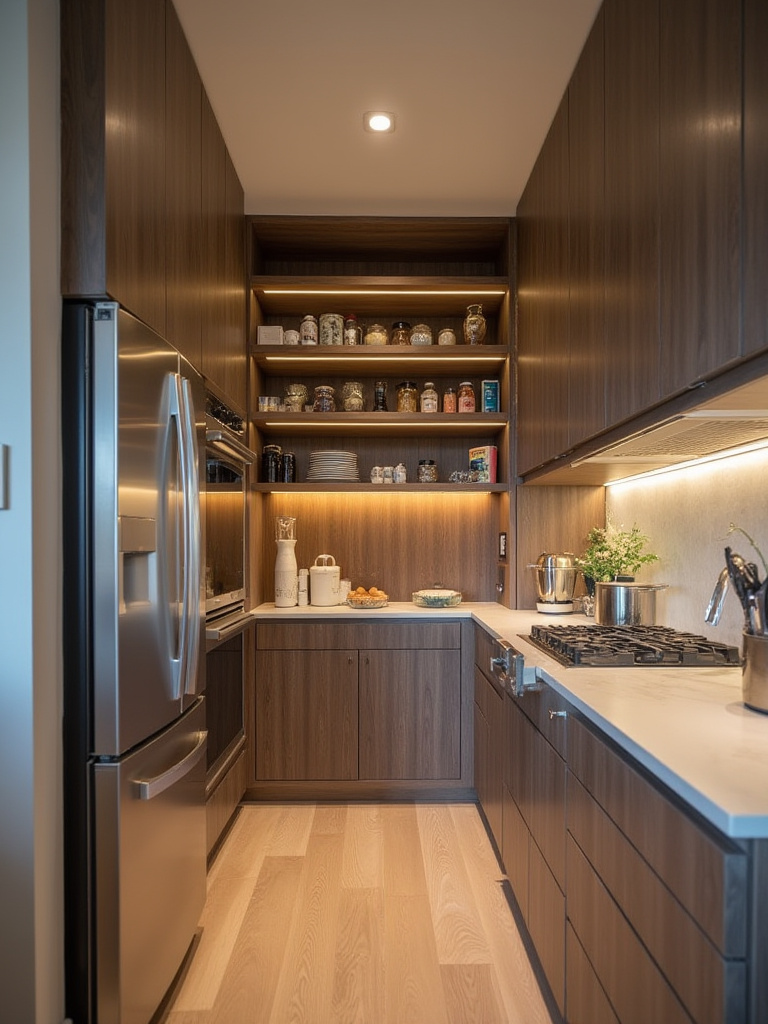
Full-extension drawer slides rated for heavy loads transform base cabinets into easily accessible storage for cast iron cookware, stand mixers, and other substantial equipment. These systems bring items completely out of the cabinet, allowing you to access them from above rather than wrestling them out of cramped spaces.
Consider the weight distribution and frequency of use when planning heavy item storage. Daily-use items deserve the most accessible locations, while specialty equipment can occupy less convenient spots. Ensure that the cabinet construction can support both the weight of items and the dynamic loads created by pulling and pushing heavy drawers.
If you’ve struggled with similar rooms before, investing in proper heavy-duty hardware eliminates the daily frustration of wrestling with awkward storage.
Small appliances often create clutter on countertops while remaining essential for daily kitchen routines. Thoughtful integration within your kitchen cabinet design keeps these items accessible while maintaining clean work surfaces. Appliance garages, pull-out shelves, and dedicated cabinets with electrical connections streamline both storage and use.
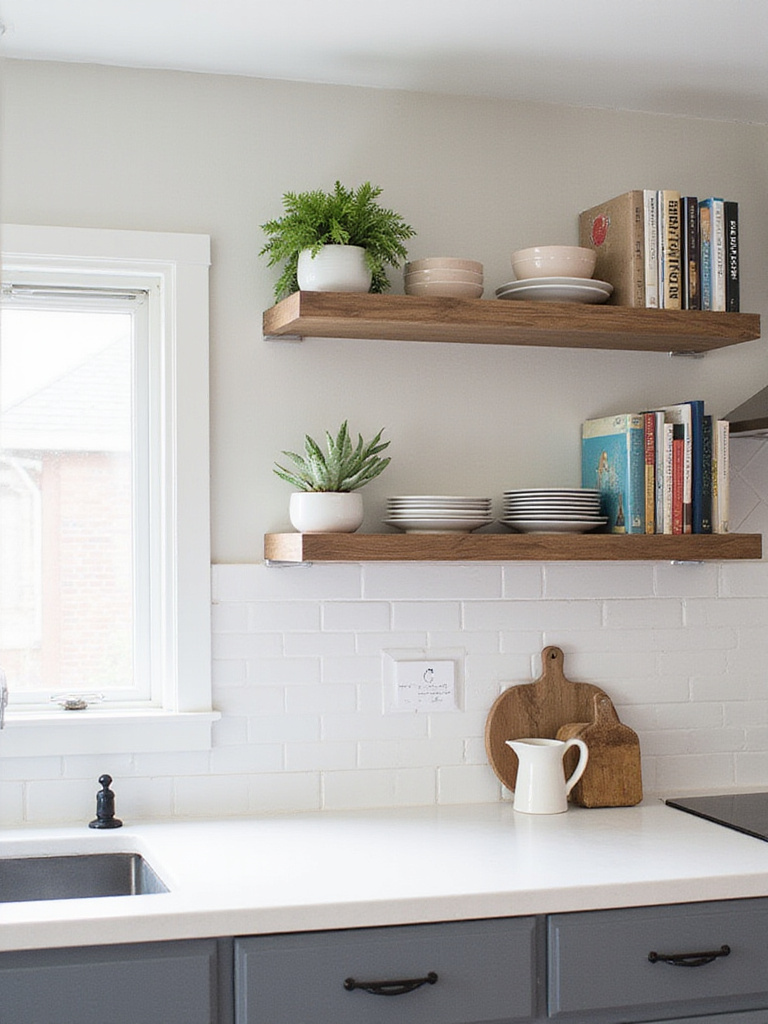
Consider which appliances you use daily versus occasionally when planning storage locations. Coffee makers and toasters might deserve permanent counter placement or easily accessible appliance garages, while specialty items like food processors can be stored in pull-out drawers near prep areas.
Electrical planning becomes crucial for appliance storage, with outlets inside cabinets allowing items to remain plugged in and ready for use. Ventilation considerations prevent heat buildup from items like toasters and coffee makers that generate significant warmth during operation.
When clients ask us about balancing style with comfort, we recommend creating appliance zones that serve function while maintaining visual calm.
Glass-front cabinets add visual lightness and display opportunities to kitchen cabinet design while requiring careful consideration of their contents and placement. These cabinets work best when they showcase attractive, organized items rather than everyday clutter, making them ideal for dishes, glassware, or collections you want to highlight.
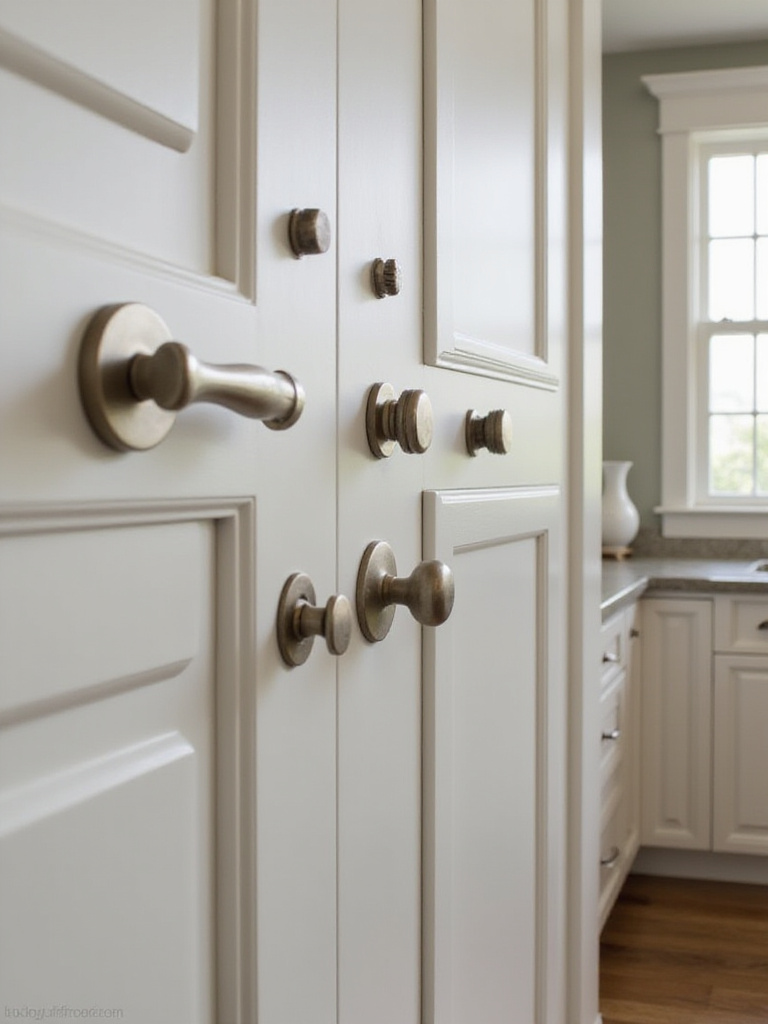
The style of glass affects both appearance and maintenance requirements. Clear glass provides maximum visibility but shows every fingerprint, while textured or frosted options offer more forgiving surfaces. Consider the sight lines from main living areas when positioning glass-front cabinets, as they become part of your kitchen’s visual display.
Lighting integration enhances glass-front cabinets dramatically, turning them into illuminated showcases that add ambiance to the entire kitchen. Interior lighting also makes it easier to locate items within these cabinets, combining beauty with functionality.
Many homeowners wonder how to balance transparency with storage needs—the answer lies in strategic placement and thoughtful curation.
Incorporating universal design principles into your kitchen cabinet design ensures the space remains functional as physical abilities change over time. These features benefit users of all ages and abilities while maintaining aesthetic appeal, making them wise investments regardless of current needs.
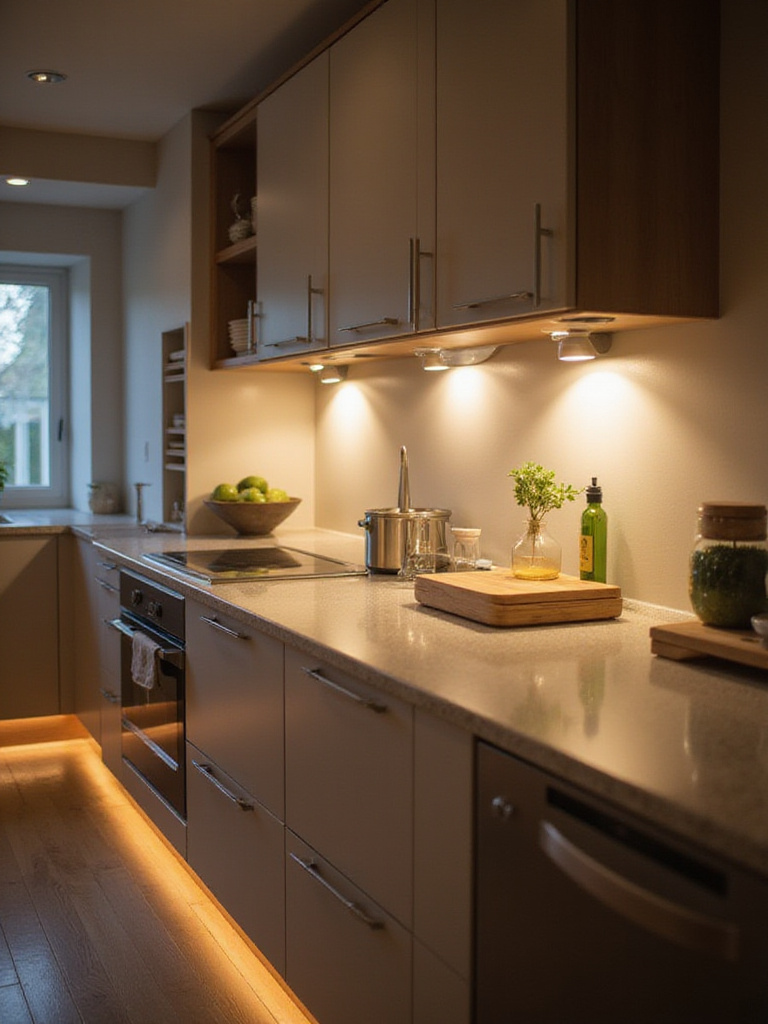
Varying counter heights accommodates different users and tasks, with some areas designed for seated work and others optimized for standing. Pull-out shelves and drawers reduce reaching and bending, while lever-style handles prove easier to operate than traditional knobs for users with limited grip strength.
Consider sight lines and lighting carefully, as visual accessibility becomes increasingly important with age. Well-lit interiors and contrasting colors help users locate items quickly, while eliminating sharp corners and ensuring adequate clearances improve safety for everyone.
The challenge of awkward spaces becomes easier when you design with universal accessibility as a foundation rather than an afterthought.
Utilizing the full height of your kitchen in your cabinet design dramatically increases storage capacity while creating impressive visual impact. Floor-to-ceiling cabinets eliminate dust-collecting soffits while providing valuable storage for seasonal items and rarely used pieces.
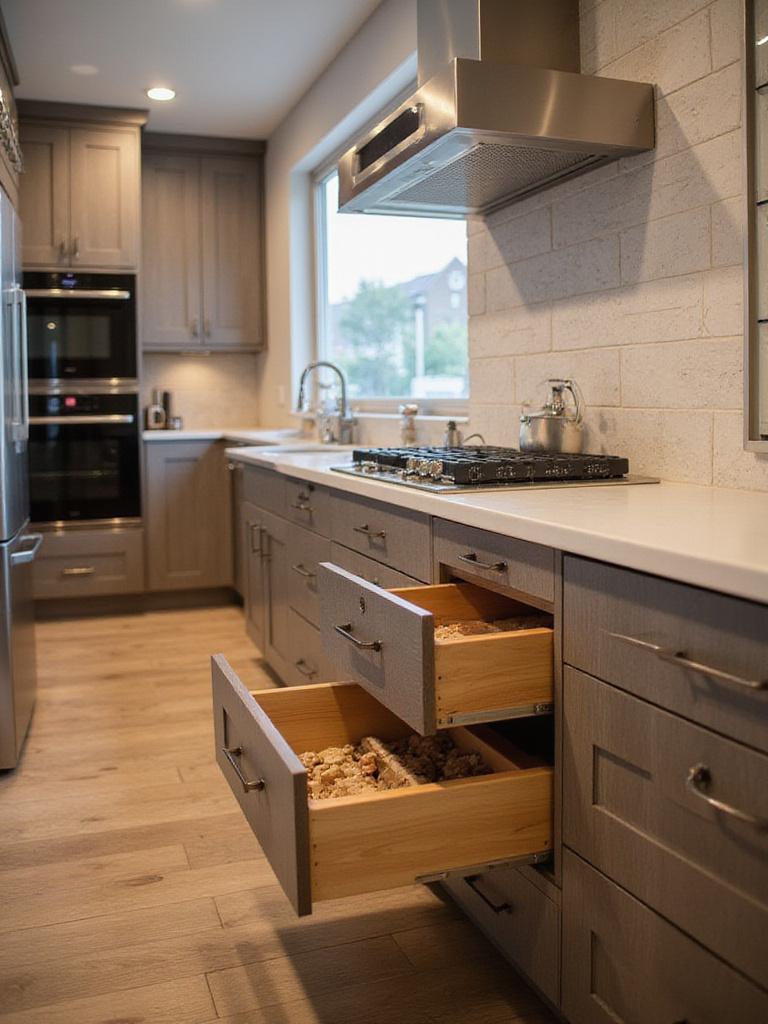
The key to successful tall cabinet design lies in organizing contents by frequency of use, with everyday items at comfortable heights and occasional pieces stored higher or lower. Pull-down shelving systems make upper reaches accessible without ladders, while deep drawers in lower sections accommodate bulky items.
Consider the proportions carefully, as tall cabinets can overwhelm smaller kitchens if not balanced with appropriate horizontal elements. Breaking up tall runs with windows, open shelving, or varying depths creates visual interest while maintaining storage efficiency.
For those hesitant about bold patterns, tall cabinets in simple styles create dramatic impact through proportion rather than ornamentation.
Families with young children require special considerations in kitchen cabinet design that balance safety with accessibility. Child-resistant latches protect curious hands from dangerous items, while designated low storage areas give children appropriate access to their own dishes and snacks.
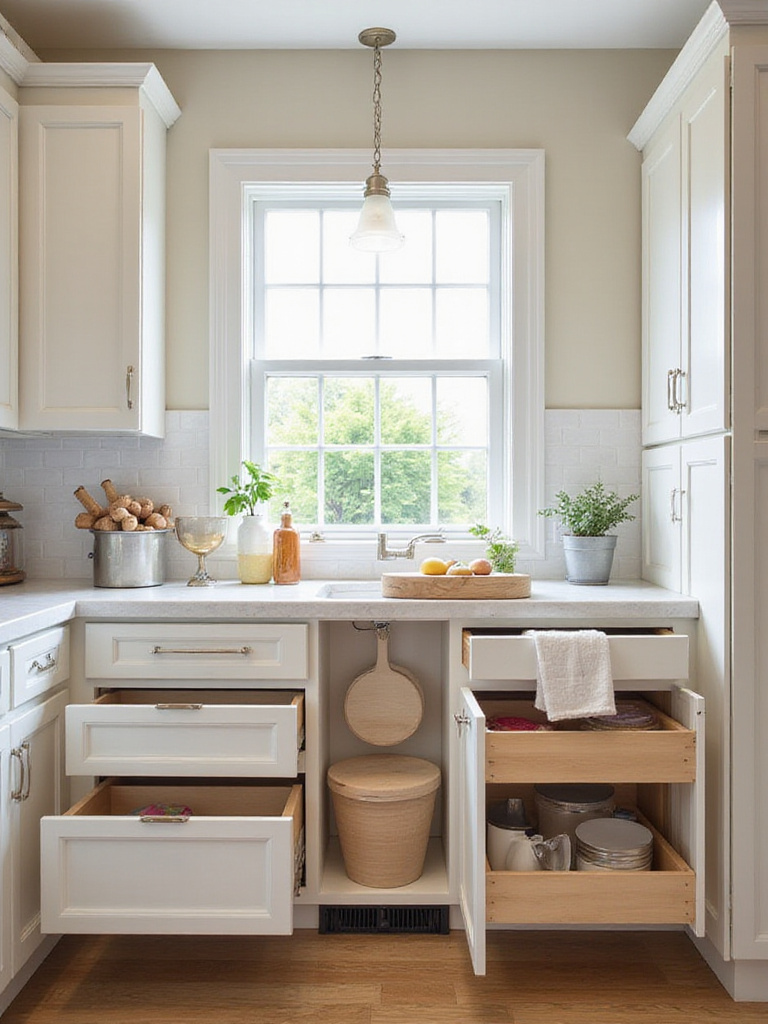
Safety extends beyond locks to include rounded corners, soft-close mechanisms that prevent pinched fingers, and secure mounting that prevents tip-over accidents. Consider which items children should access independently and design storage accordingly, perhaps with a low drawer for plastic dishes and healthy snacks.
As children grow, their needs evolve from safety-focused to independence-building. Adjustable shelving and removable safety features allow your kitchen cabinet design to adapt to changing family dynamics without requiring complete renovation.
When your existing decor doesn’t seem to coordinate with safety requirements, thoughtful design makes protection nearly invisible.
Modern kitchens serve as command centers for busy families, requiring integration of technology within your kitchen cabinet design. Charging stations, device storage, and cable management keep counters clear while ensuring devices remain accessible when needed.
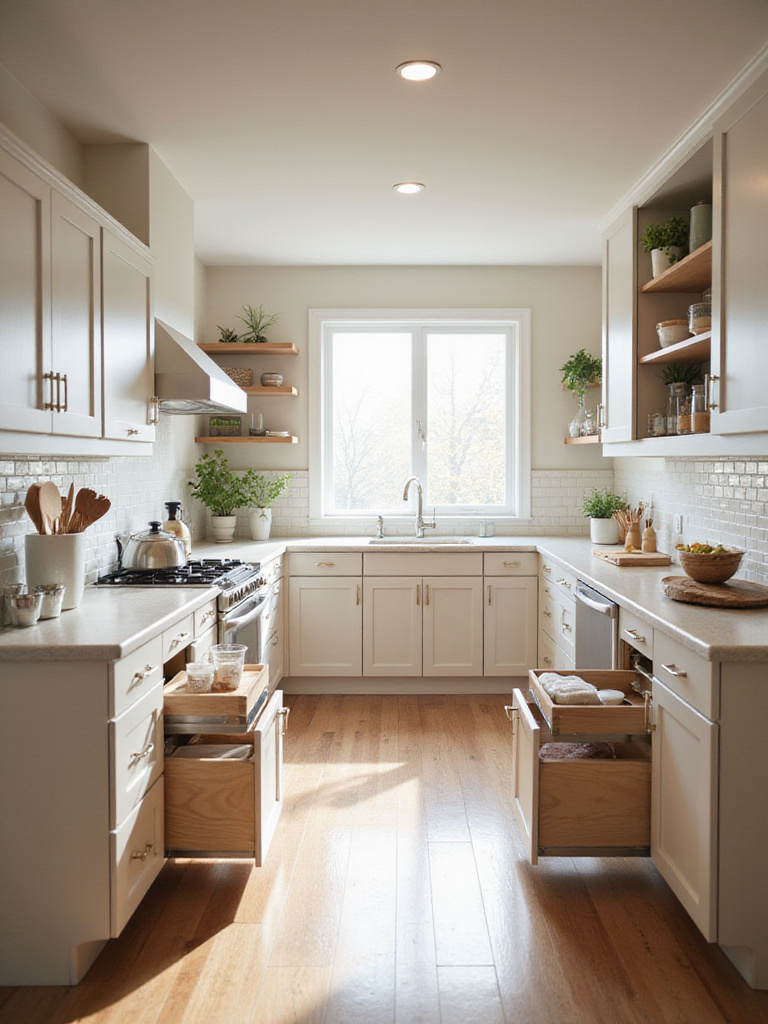
Built-in charging drawers with outlets and USB ports provide convenient device storage while maintaining clean surfaces. Consider the devices your family uses regularly and plan storage accordingly, perhaps with tablet stands for recipe viewing or dedicated phone charging areas.
Smart home integration may require additional wiring and connection points within cabinets, making early planning essential. Consider future technology needs when designing electrical systems, as retrofitting can prove challenging and expensive.
This chameleon-like piece adapts to various styles by incorporating technology seamlessly rather than letting it dominate the design.
Combining open and closed storage elements in your kitchen cabinet design creates visual interest while serving practical needs. Open shelving provides display opportunities and easy access to frequently used items, while closed cabinets conceal clutter and protect contents from grease and dust.
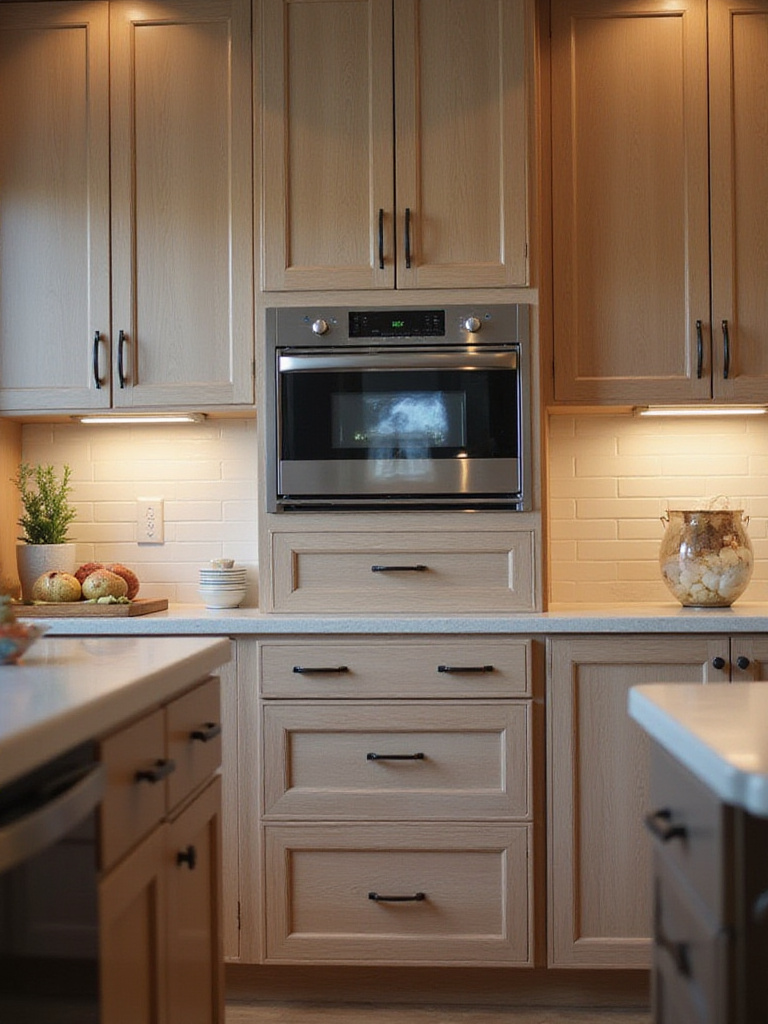
The proportion of open to closed storage affects both aesthetics and maintenance requirements. Too much open storage can appear cluttered and require constant organization, while exclusively closed storage may feel heavy and imposing. Finding the right balance depends on your lifestyle, organizational habits, and design preferences.
Consider the sight lines from adjacent rooms when planning open storage, as these areas become part of your home’s overall visual presentation. Items displayed on open shelves should enhance rather than detract from your kitchen’s appearance.
The versatility reveals itself when you pair open display areas with concealed storage for less attractive necessities.
Environmental consciousness increasingly influences kitchen cabinet design decisions, with sustainable materials and construction methods offering long-term benefits for both homeowners and the planet. Responsibly sourced wood, low-emission finishes, and durable construction reduce environmental impact while creating healthier indoor environments.
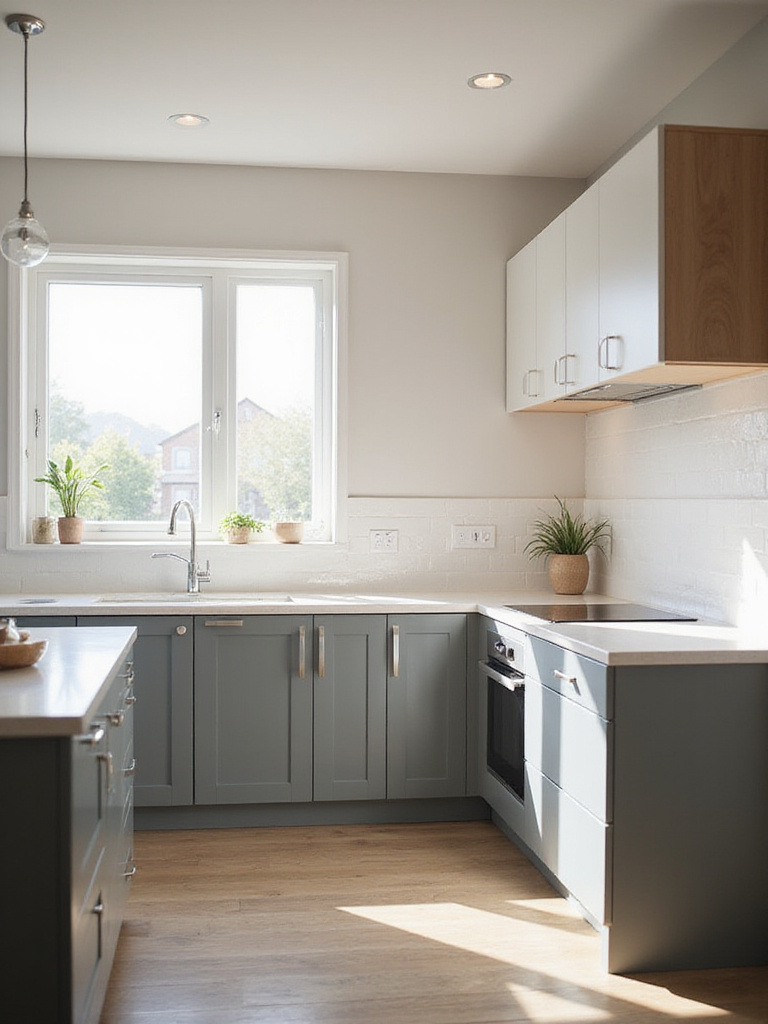
Local sourcing reduces transportation costs and environmental impact while often providing superior quality and customer service. Understanding the origin of your cabinet materials helps you make informed decisions about both environmental and social responsibility.
Durability represents the ultimate sustainability, as well-built cabinets that last for decades reduce waste and replacement costs. Investing in quality construction and timeless design proves more environmentally responsible than choosing cheaper options that require frequent replacement.
The environmental story behind this piece began with a commitment to responsible sourcing and construction methods that honor both craftsmanship and conservation.
Proper clearances ensure that your kitchen cabinet design functions smoothly without interference from adjacent elements. Door swing patterns, drawer extension, and traffic flow all require careful consideration during the planning phase to prevent operational conflicts and safety hazards.

Standard clearances provide starting points, but your specific cabinet choices and room configuration may require adjustments. Pull-out shelves need adequate space to extend fully, while tall cabinet doors require ceiling clearance and floor space for safe operation.
Consider how multiple users will interact with the kitchen simultaneously, ensuring that cabinet operations don’t create bottlenecks or collision points. Islands and peninsulas require particular attention to clearances, as they affect traffic flow throughout the space.
Unlike conventional options, this approach reduces conflicts between cabinet operation and kitchen workflow.
Your kitchen cabinet design should harmonize with your home’s overall aesthetic while allowing for personal expression within that framework. Color, texture, and style choices create either cohesion or conflict with adjacent spaces, making coordination essential for successful design outcomes.
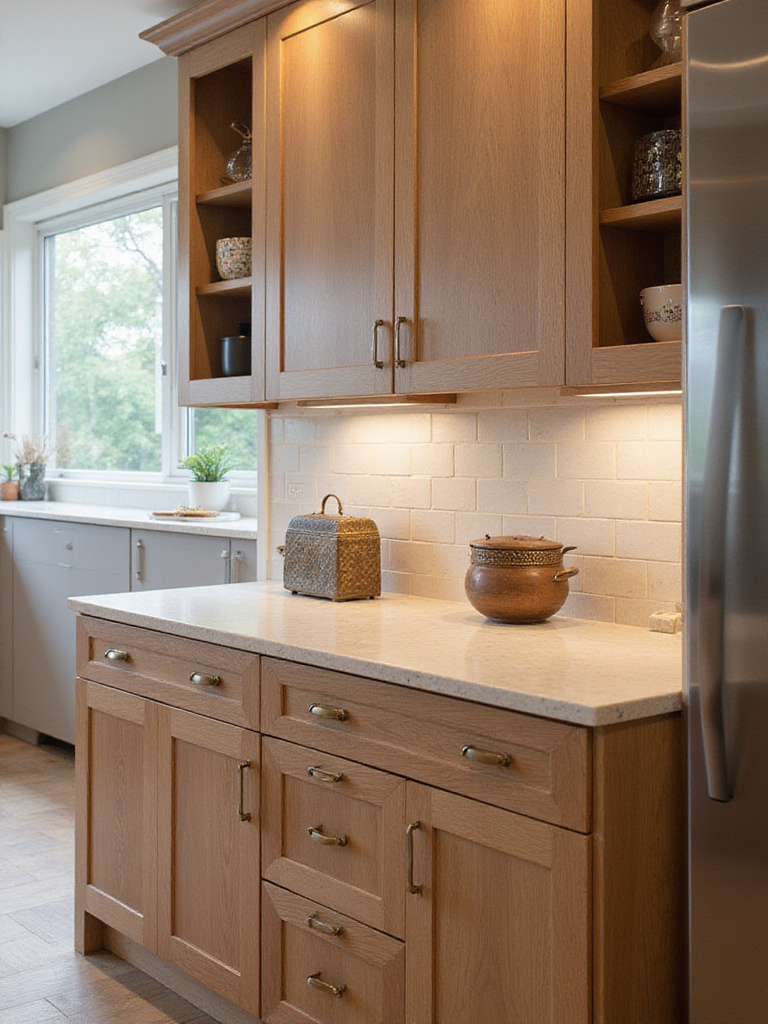
Consider the sight lines between your kitchen and adjacent rooms, ensuring that cabinet finishes complement rather than clash with existing elements. This doesn’t require identical finishes but rather thoughtful coordination that creates visual flow throughout connected spaces.
Timeless finishes provide flexibility for future updates to other elements, while trendy choices may limit your options as styles evolve. Consider how your cabinet finish will work with changing accessories, window treatments, and decorative elements over time.
The neutral foundation becomes a canvas for seasonal updates and evolving personal style preferences.
Understanding the true costs involved in kitchen cabinet design helps you allocate resources effectively while avoiding disappointment or compromise on essential elements. Cabinet costs vary dramatically based on construction quality, customization level, and finish complexity, making education crucial for informed decision-making.
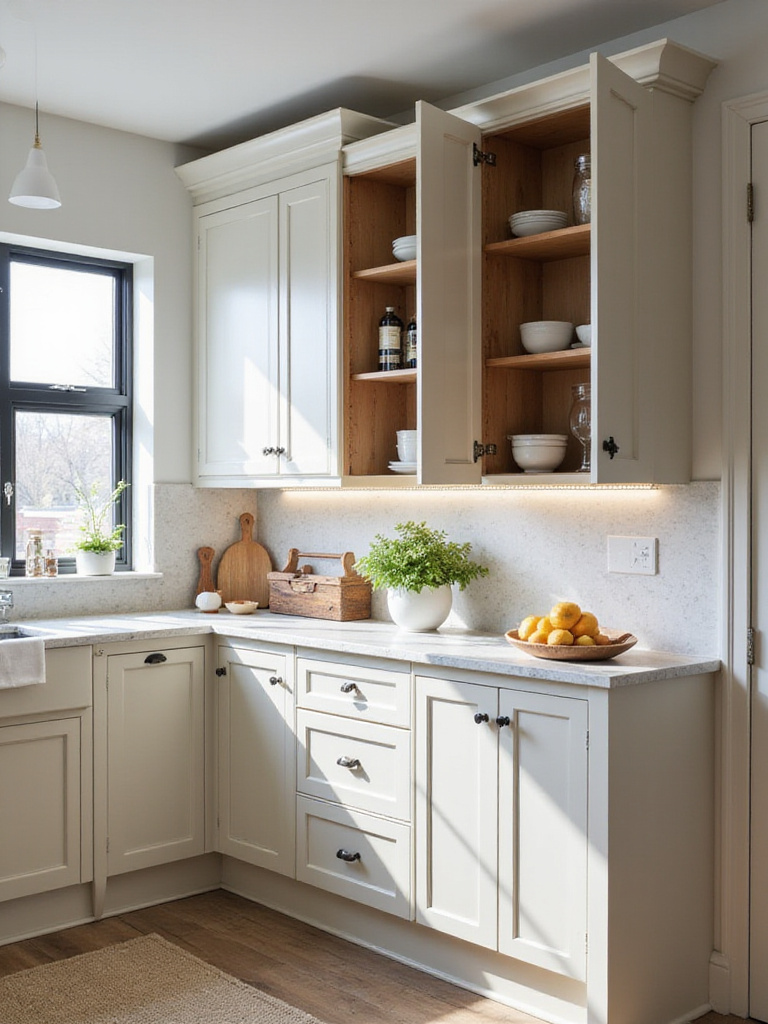
Quality construction represents a wise investment that pays dividends through durability and performance, while surface finishes offer opportunities for both savings and splurges. Understanding where to invest and where to economize helps you achieve the best possible outcome within your budget constraints.
Consider the total cost of ownership, including maintenance and potential replacement timelines, when evaluating options. Higher upfront costs for quality construction often prove more economical over the life of the installation.
Professional stylists approach this by first establishing non-negotiable quality standards, then finding creative solutions for aesthetic elements within budget constraints.
Designing your kitchen cabinet design with future flexibility in mind prevents costly renovations when needs change. Modular systems, standard sizing, and accessible construction methods facilitate updates and modifications without complete replacement.
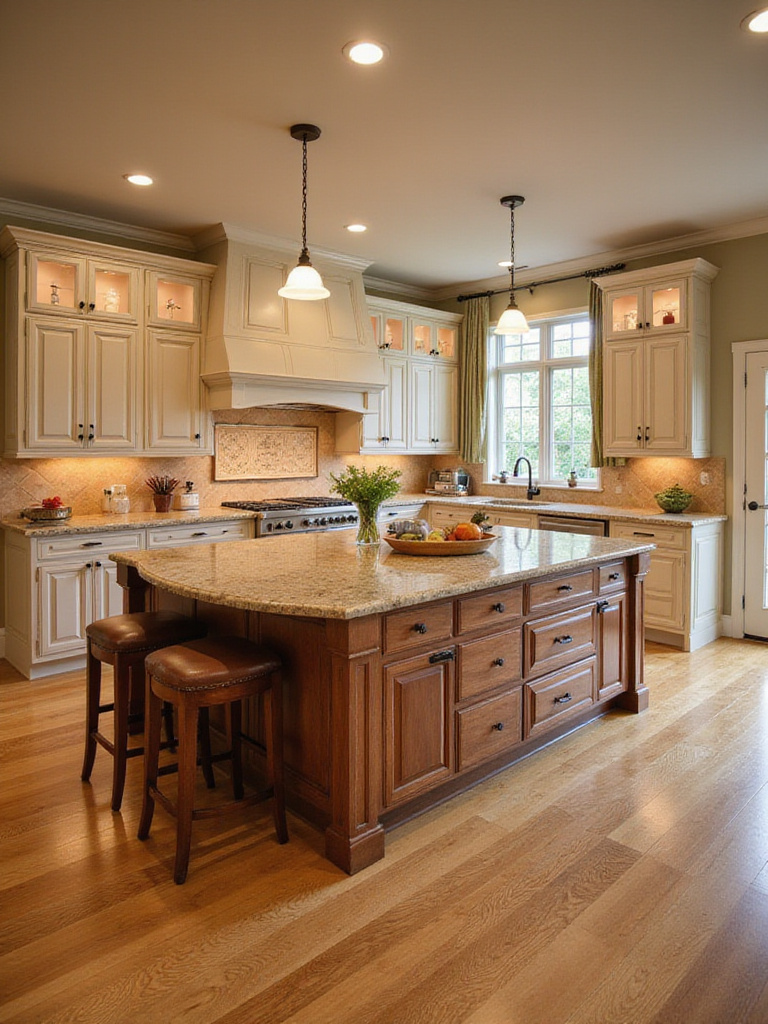
Life changes—growing families, aging parents, evolving cooking interests—may require storage modifications that are easier to accommodate with thoughtful initial planning. Consider how your needs might evolve and design systems that can adapt accordingly.
Technology integration and smart home features continue evolving rapidly, making provisions for future updates wise investments. Planning conduit and access points during initial construction proves far more economical than retrofitting later.
The styling mistake most people make is designing for current needs only, without considering how their requirements might evolve over time.
While simple cabinet installation may seem approachable for skilled DIYers, complex kitchen cabinet design often requires professional expertise to ensure proper function, safety, and warranty compliance. Understanding when to hire professionals versus handling tasks yourself prevents costly mistakes and safety hazards.
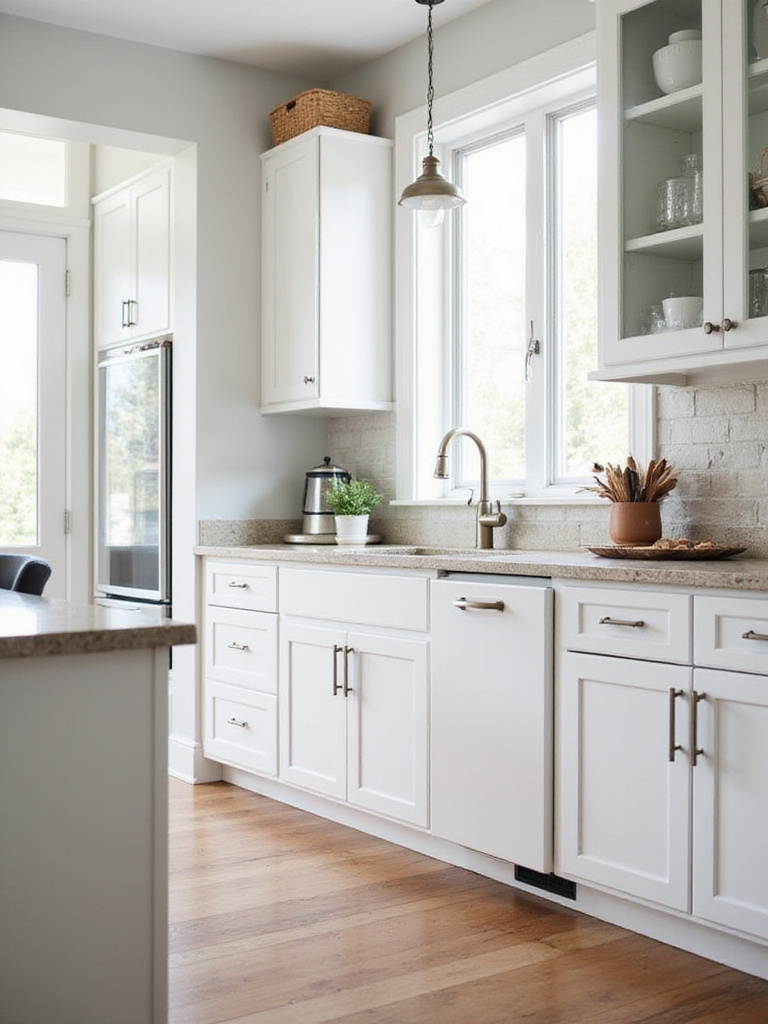
Professional installers bring specialized tools, experience with various cabinet systems, and knowledge of local building codes that affect installation requirements. They also provide warranties and insurance coverage that protect your investment against installation-related problems.
The relationship between design and installation affects long-term satisfaction, making coordination between these phases crucial for successful outcomes. Professional teams can often identify and resolve potential issues before they become expensive problems.
The finishing touch that elevates the entire look comes from expert installation that ensures every element functions as designed while maintaining safety and building code compliance.
Creating a kitchen that truly serves your lifestyle requires thoughtful consideration of countless details, from workflow patterns and storage needs to aesthetic preferences and future flexibility. These 23 essential tips for kitchen cabinet design provide a comprehensive framework for making informed decisions that balance beauty, functionality, and long-term value.
The most successful kitchen cabinet designs result from understanding that every choice—from construction methods to hardware selection—impacts daily life in meaningful ways. By considering your specific needs, planning for future changes, and investing in quality where it matters most, you create a kitchen that enhances rather than hinders your culinary adventures.
Your kitchen represents one of your home’s most significant investments, deserving careful planning and quality execution. Take time to evaluate each decision against your long-term goals, consult with qualified professionals when needed, and remember that thoughtful kitchen cabinet design pays dividends through years of enhanced functionality and enjoyment.